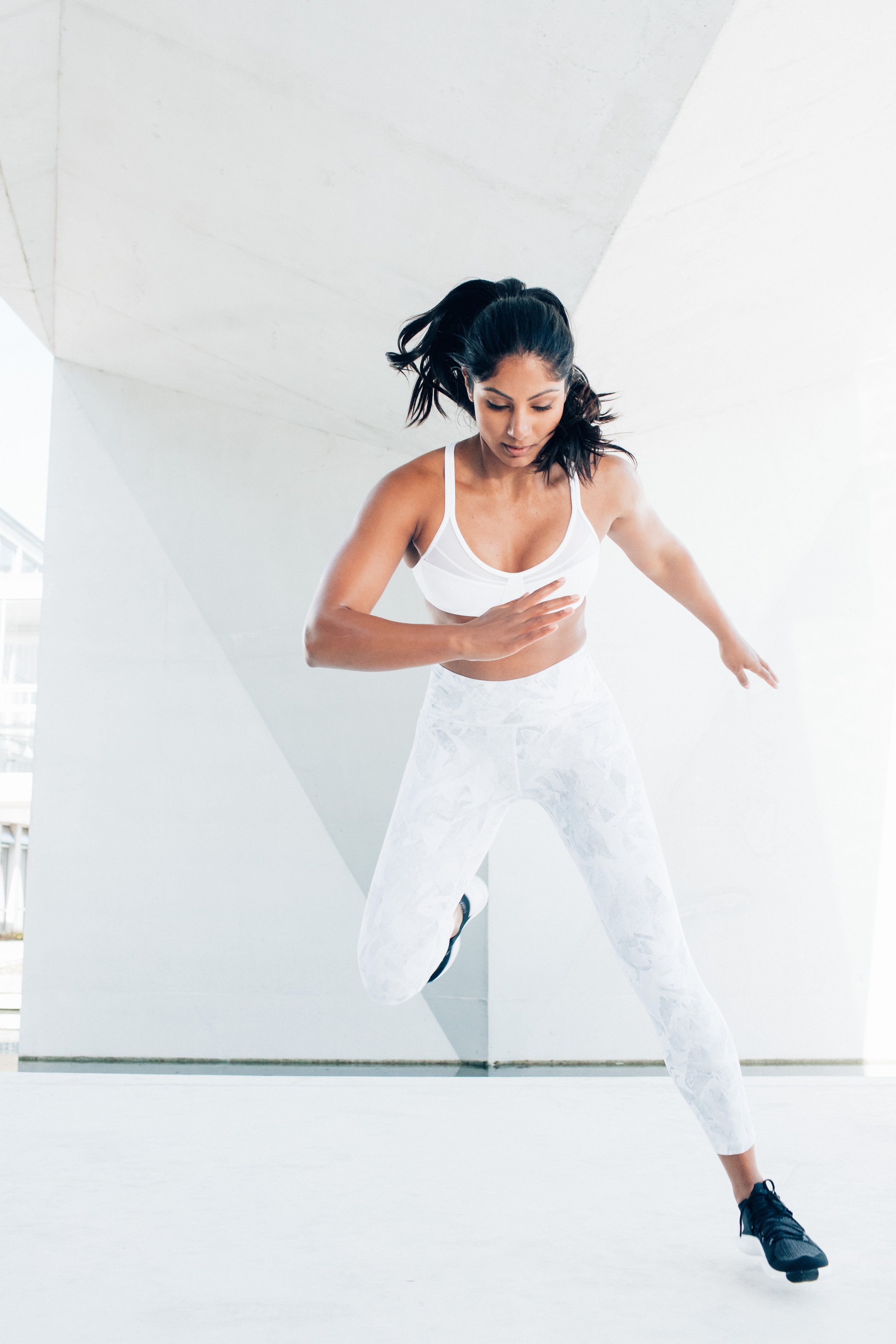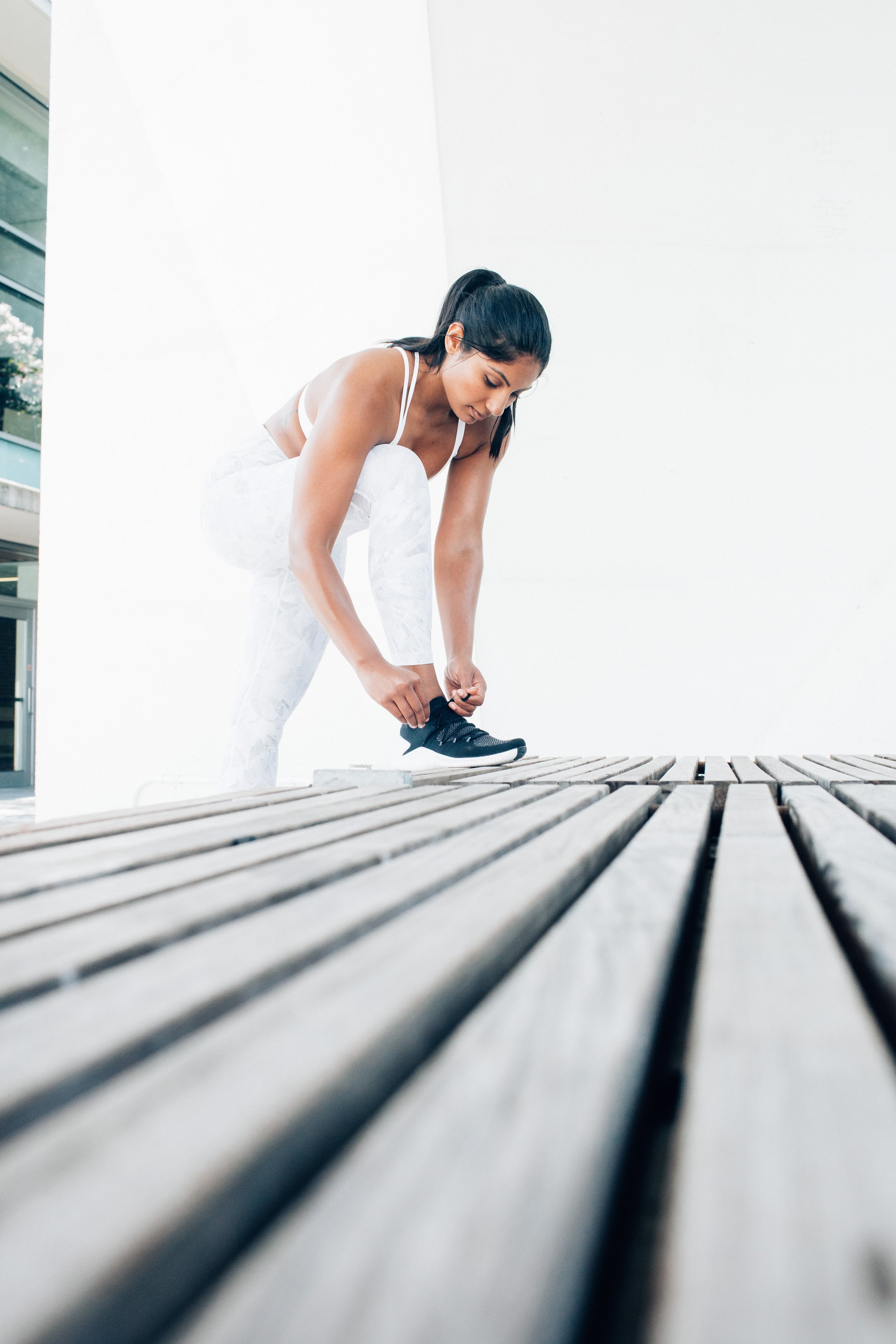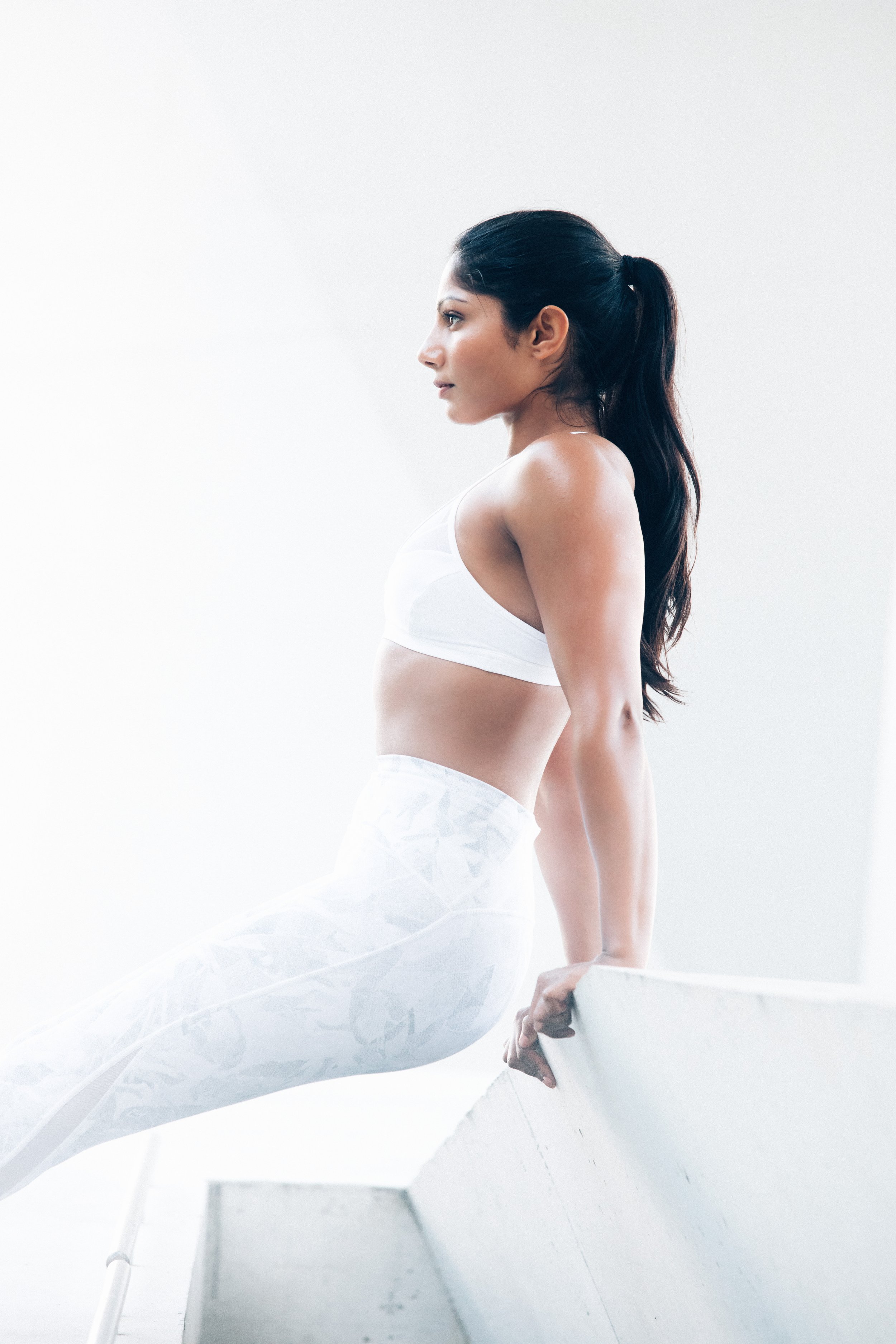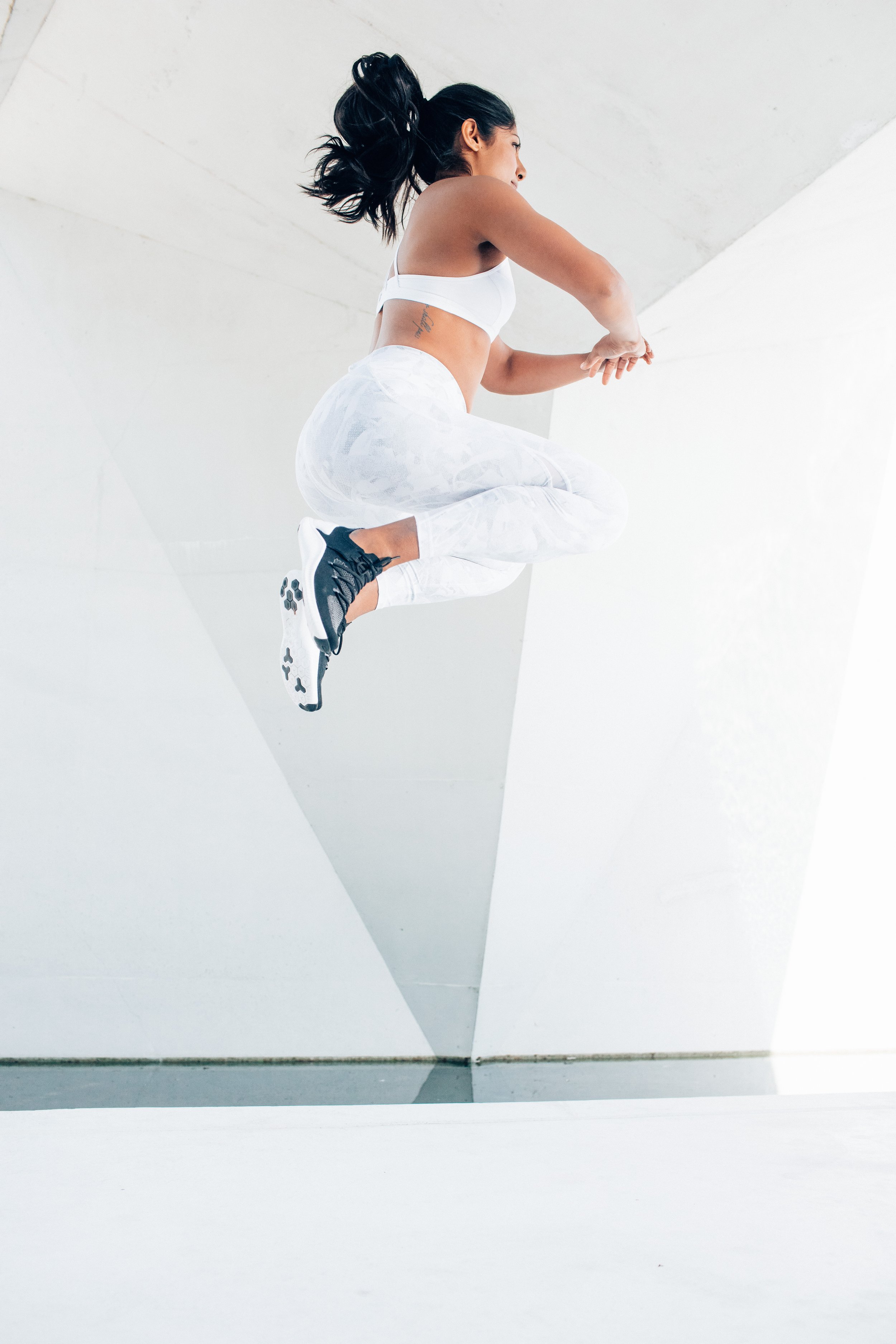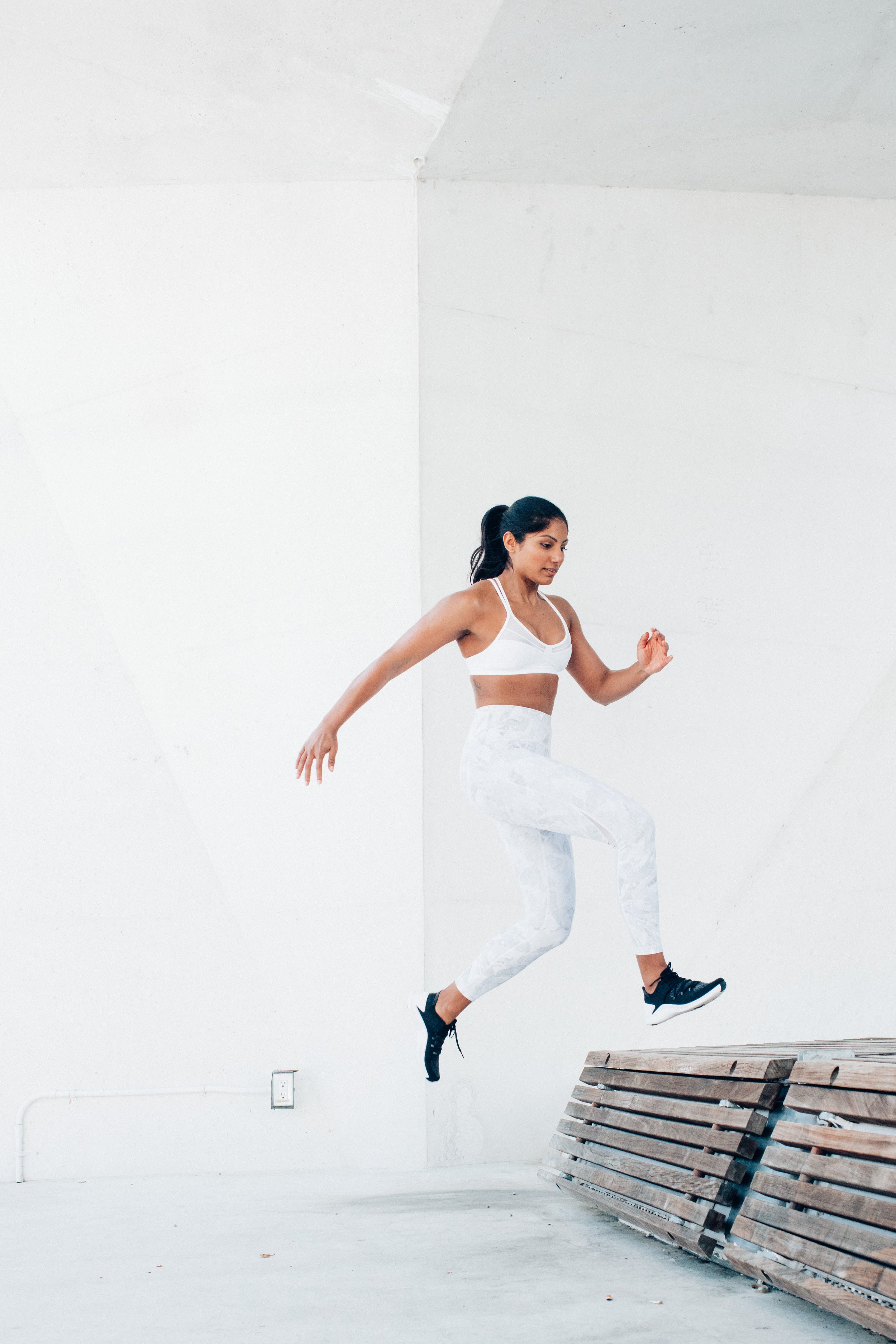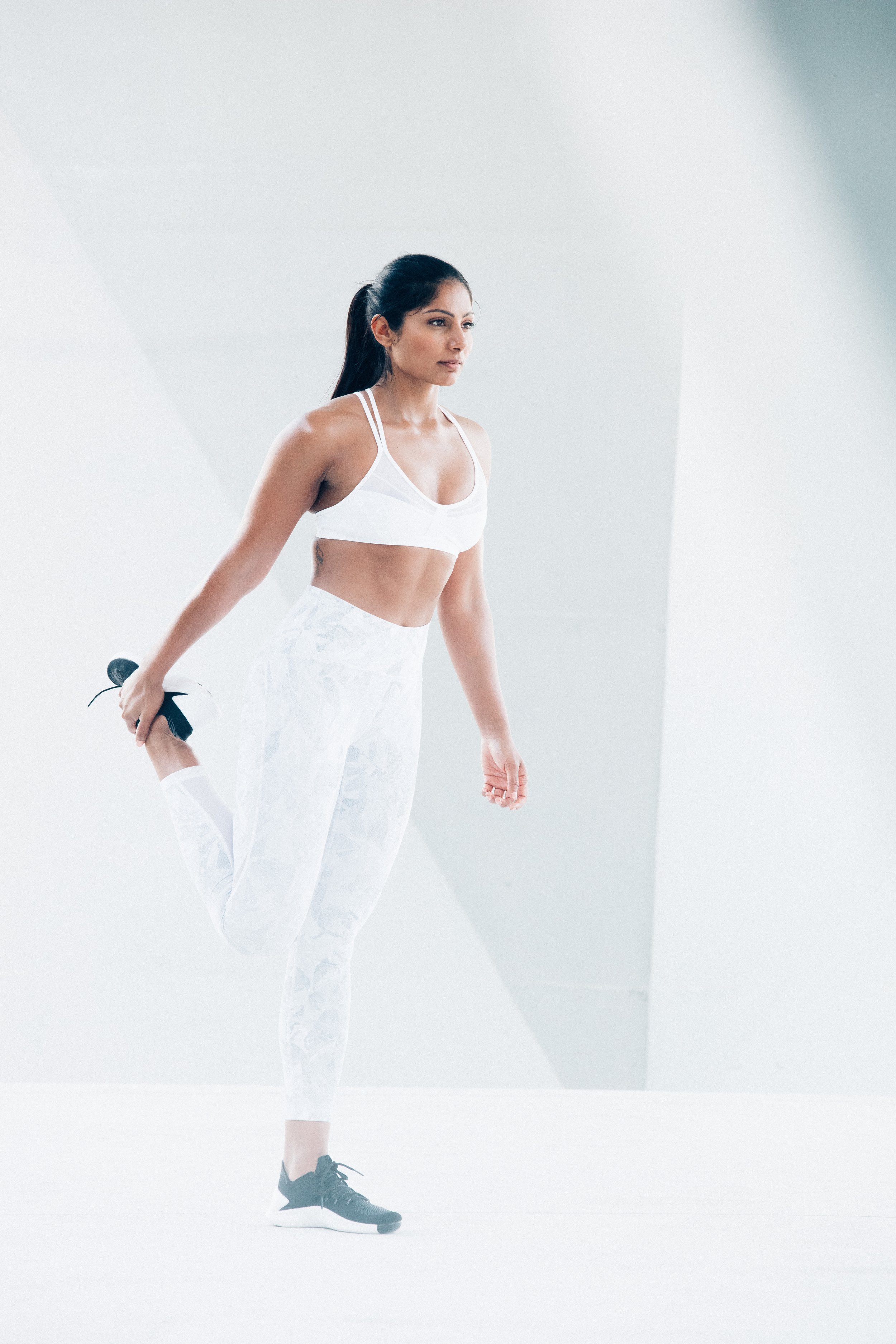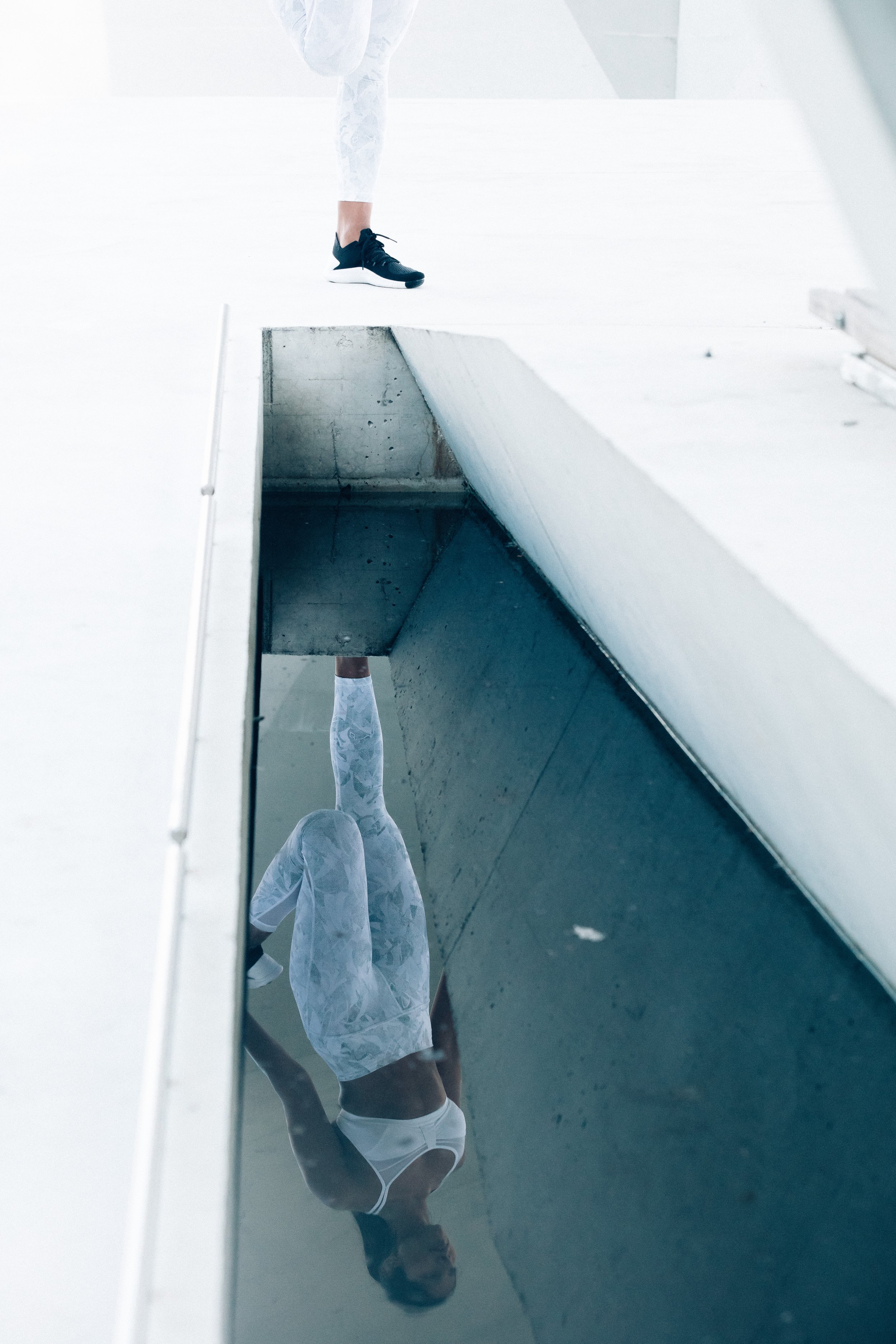When it comes to building a brand, compelling images are an essential tool for creating a cohesive and recognizable brand identity. As a photographer, I understand the importance of images in conveying a message or story. Your branding is the personality behind your products or services and the images that your company puts out to the world has to resonate with your target market … your persona. Visual elements like colors, typography and your logo tell the story of your brand. Whether your selling physical products or a service, images are arguably one of the most powerful components of branding to help show your potential clients who you are as a brand by displaying a visual story … and if done right they can get a clear understanding of the brand's offerings, values and mission without even reading a word. Strong images can really help establish an identity and voice that helps you shine over some of your competitors and build a framework of loyal and repeat customers that connect with you and your brand.
You want to hire a photographer that has a body of work with a style that aligns with the aesthetics of your brand can help create a consistent look and feel across all platforms from your website, social media profiles to your business cards and product packaging. Using your phone and other friend’s a family to take snap shots does not equal the value that a photographer can bring to a photoshoot with thousands of dollars of professional equipment and the experience behind the camera. They can create a collection of images that tell the story of your brand that will speak to your audience.
Professional images are such an important component of brand recognition and can really help make a strong impression. Good quality images elevates a brand, creates trust and helps build brand awareness. Even if your target client doesn’t purchase the first time they discover your product or service, they will at least be likely to remember you as a well polished brand that had a clear communication of what your brand is all about.
Whether you’re professional providing a service or have service and/or product based brand, you need to create a story that will resonate with your potential clients and stays consistent across all platforms and sales tools. People don’t buy products only on the fact that they work, they buy products because they identify with the brand’s image, values and mission.
High-quality images can increase engagement on social media and other digital channels, helping to build brand awareness and attract new customers. If your visual message is consistent, they are more likely to remember you when they are ready to buy or hire your services.
Here’s what to expect if you decide to hire a professional photographer to work with:
A consultation phone call to talk about your vision and photographic needs.
A good photographer will ask that you provide them with visual examples (websites or social media accounts you admire or a Pinterest page as mood board). This helps get both the client and the photographer on the same page and establish clarity on the look and feel you are hoping to achieve from a photoshoot.
Them comes an estimate with the photographer’s rates, then maybe followed by a conversation about what kind of budget you are working with and how many deliverables you hoping to get from this photoshoot. Sometimes it’s easier to problem solve the budget together until you can come to an production cost that works for you, the client, while also being respectful of the photographer’s time, equipment and expertise that person is bringing to the table.
Then you plan the shoot: Will it be shot in studio or on location somewhere? Will you need models, makeup artists, wardrobe stylist or will it be smaller production with just you and your products?
Keep in mind the cost of a photoshoot with a professional will not only depend on how long the shoot lasts and how many final images you expect but also on what responsibilities the photographer is in charge of to put together this photoshoot: location scouting, model research, finding props or putting an entire productions team together.
Depending on the photographer and the size of the production, you will likely need to pay 50% up front to confirm the day and time of your photoshoot in case they need to turn other work away and usually you will pay the balance upon deliverables.
Always have clear directions on your timeline for final images and make sure they can deliver the images on time specially if you have a product or website launch date.
It’s always a good idea to have a list of shots for your photoshoot so you can tick them off as you shoot to ensure you don’t finish your photoshoot only to realize you forgot some important images you need.
Because of the popularity of social media and behind the scenes, it’s not a bad idea to make sure you capture some real time behind the scenes while on a shoot as often these shots get some much engagement and be sure to show your personality. People like brands and products that have personality that they can relate to.
Here is an example of a shoot for a client with a telling a story with a cohesive look, feel and style.
